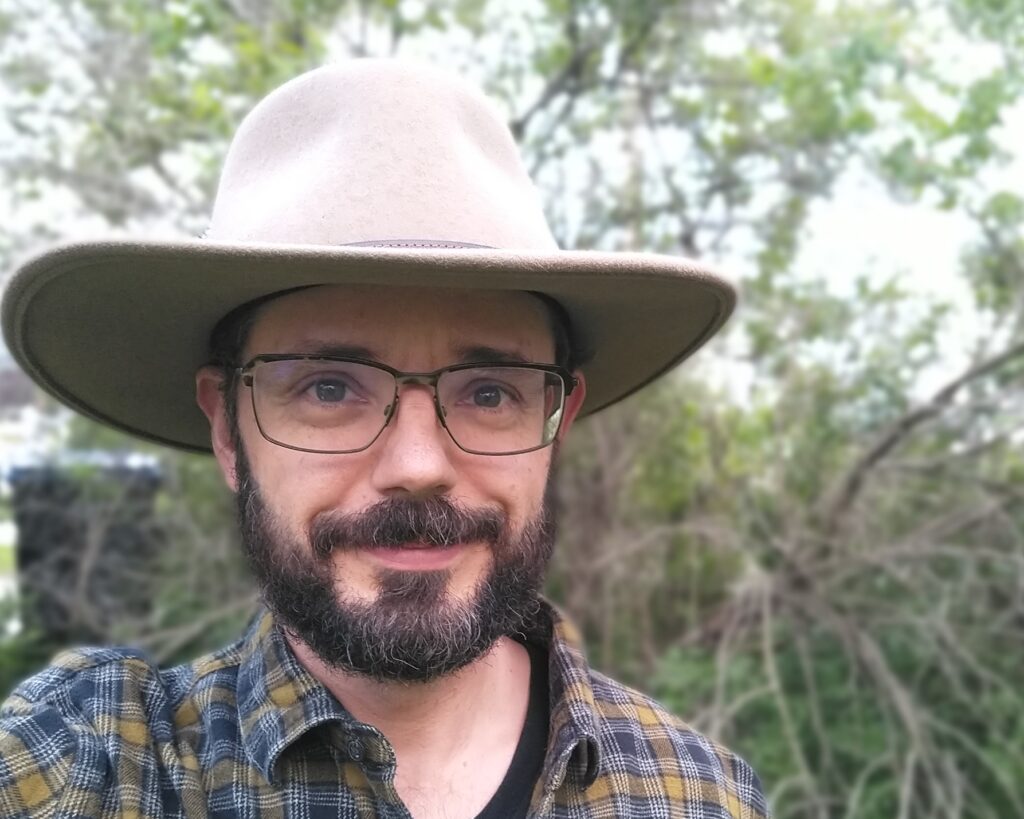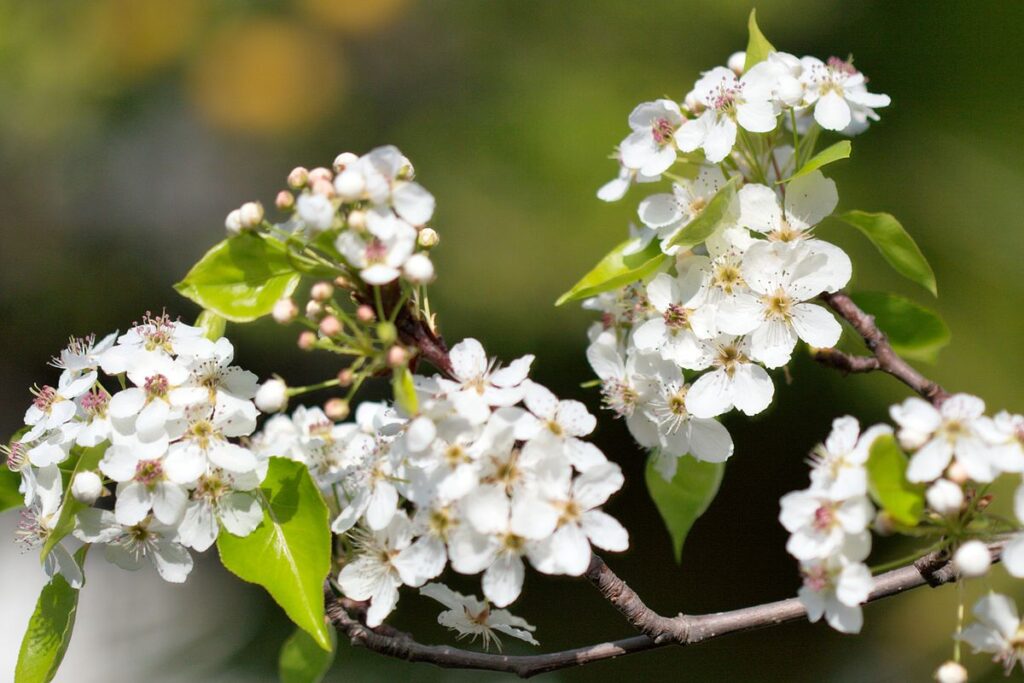By Linda Williams, DNR Forest Health Specialist, Woodruff
Linda.Williams@wisconsin.gov or 920-360-0665
Eastern white pines (Pinus strobus) can be beautiful trees in urban and forested areas (they can tower above the rest of the forest’s trees), but they can also attract a deadly disease.
White pine blister rust (Cronartium ribicola), also known as WPBR, is a fungus that can attack branches and the main stem of white pine, causing cankers that continue to grow each year and creating dead spots that can girdle branches or the main stem. Damage from a girdling canker may take years to become severe enough to cause tree decline and mortality. That means you may be able to help your trees and prevent mortality.
Continue reading “Pruning Can Control White Pine Blister Rust”


 Congratulations to Tracy Salisbury, who began her retirement in May. Tracy has been with the DNR as an urban forestry coordinator in northeast Wisconsin since 1998.
Congratulations to Tracy Salisbury, who began her retirement in May. Tracy has been with the DNR as an urban forestry coordinator in northeast Wisconsin since 1998. Jay Dampier joined the Urban Forestry Team on June 3 as the new Inflation Reduction Act (IRA) grant coordinator. This is a federally funded project position that will be overseeing $4 million of federally funded grants awarded to Wisconsin communities, tribes and nonprofits. These IRA funds were allocated to the urban forestry program by the United States Department of Agriculture (USDA) Forest Service in 2023. As part of the Justice 40 Initiative, 100% of the funds will be used to improve the urban forest resources and lives of those living in disadvantaged communities throughout the state.
Jay Dampier joined the Urban Forestry Team on June 3 as the new Inflation Reduction Act (IRA) grant coordinator. This is a federally funded project position that will be overseeing $4 million of federally funded grants awarded to Wisconsin communities, tribes and nonprofits. These IRA funds were allocated to the urban forestry program by the United States Department of Agriculture (USDA) Forest Service in 2023. As part of the Justice 40 Initiative, 100% of the funds will be used to improve the urban forest resources and lives of those living in disadvantaged communities throughout the state.  At first glance, the Callery pear (Pyrus calleryana) tree seems appealing, with its white blossoms in spring and colorful leaves in fall. Digging a little deeper, however, reveals the grim reality of this common urban tree. Once introduced for its ornamental value, this invasive species has become a significant threat to Wisconsin’s ecosystems.
At first glance, the Callery pear (Pyrus calleryana) tree seems appealing, with its white blossoms in spring and colorful leaves in fall. Digging a little deeper, however, reveals the grim reality of this common urban tree. Once introduced for its ornamental value, this invasive species has become a significant threat to Wisconsin’s ecosystems.